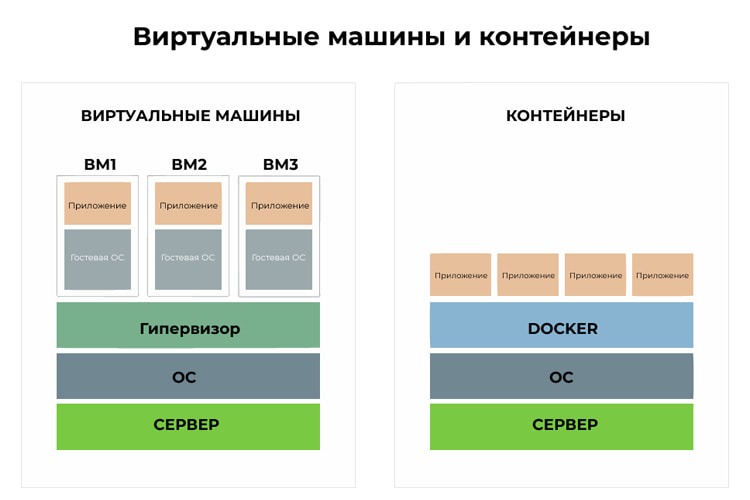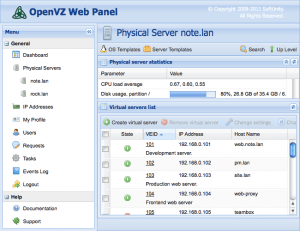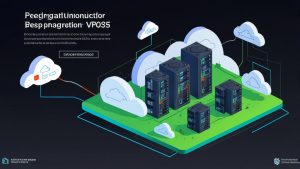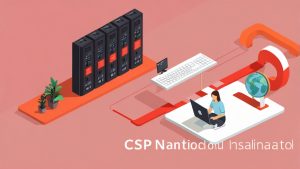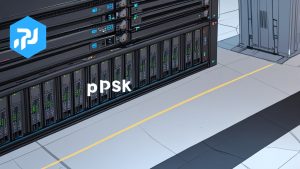What’s the Difference Between Container and Hardware Virtualization?
In the world of information technology, there are several methods of virtualization, each with its own characteristics and advantages. In this article, we’ll explore the differences between container and hardware virtualization to help you choose the right option for your project.
Container virtualization is a virtualization method where each application runs in its own isolated container, using a shared operating system kernel. This allows you to run multiple applications on a single physical server without taking up extra space or requiring large resource expenditures.
One of the main advantages of container virtualization is the lightweight nature and speed of application startup. Containers start almost instantly because they use shared operating system resources. This makes containers an ideal choice for scalable projects.
On the other hand, hardware virtualization is a virtualization method where virtual machines are created to run different operating systems on a single physical server. Unlike containers, virtual machines have their own virtual processors, memory, and other hardware resources.
The main advantage of hardware virtualization is complete resource isolation for each virtual machine. This allows you to run applications that require different versions of operating systems on a single server. In addition, hardware virtualization provides a higher level of security because each virtual machine runs in a separate environment.
However, hardware virtualization is more resource-intensive compared to container virtualization. Each virtual machine requires a separate amount of memory and processor time, which can affect the overall performance of the server. Therefore, before choosing a virtualization method, you need to carefully assess the needs of the project.
Conclusion
Depending on the needs of your project, you can choose either container or hardware virtualization. If speed and lightweightness are important to you, then containers will be the best choice. If resource isolation and a high level of security are required, you should pay attention to hardware virtualization.

